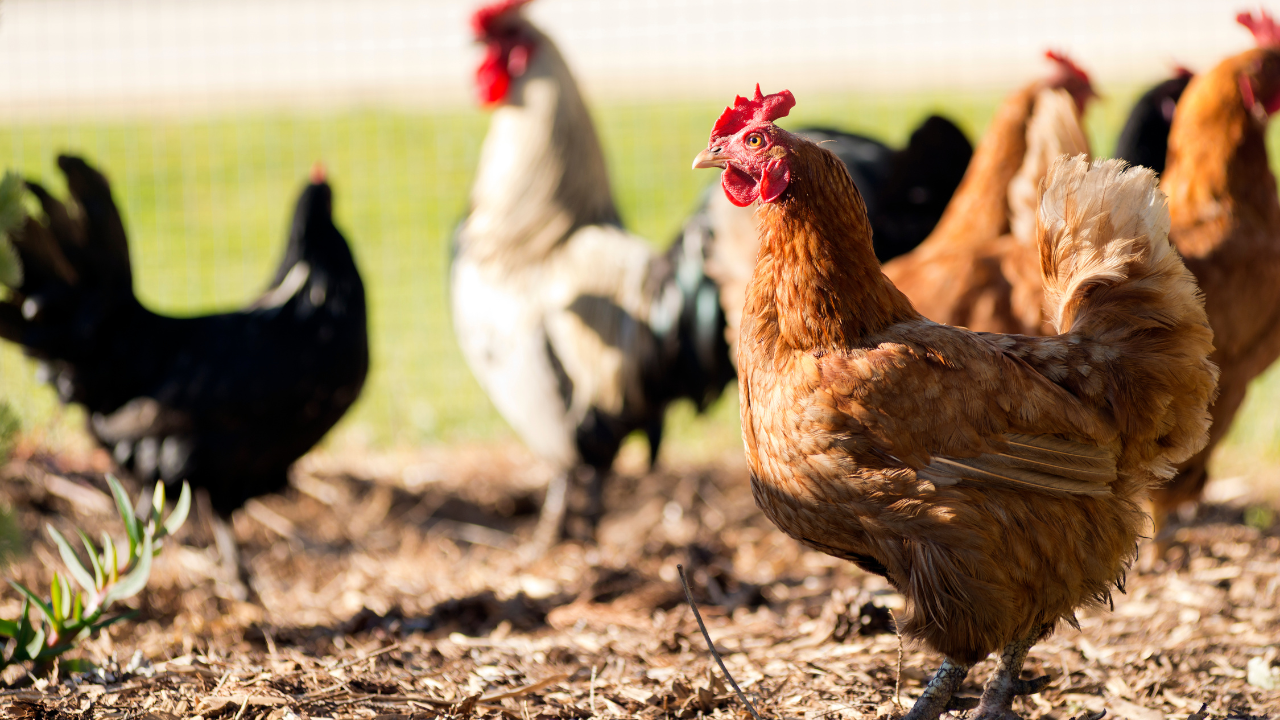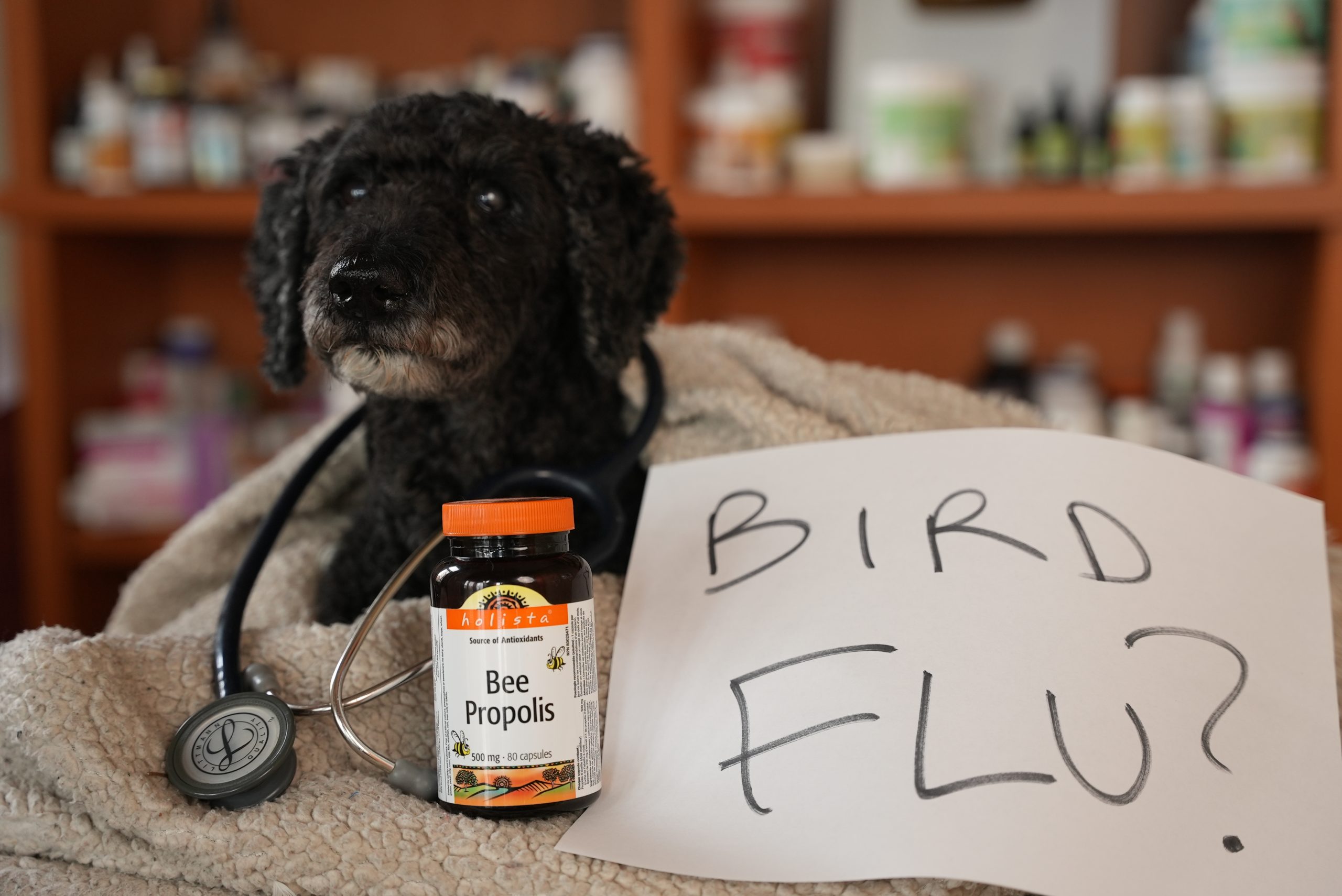Bird Flu Update: Should Your Dog or Cat Be Vaccinated Against Bird Flu?
Understanding the Bird Flu and Its Impact on Pets
The bird flu is back in the news, and a person in my area is seriously ill with it. This raises a critical question: are your pets—your dogs and cats—at risk? And if they ever get infected, what should you do? If you’re interested in learning more about natural pet health and wellness, you’re in the right place. Be sure to click the link to subscribe to Veterinary Secrets.
What Is the Bird Flu and How Does It Affect Pets?
The bird flu virus primarily affects poultry and other birds, but it can also infect mammals, including our pets and even humans. Although it’s rare, there has been an uptick in cases of both people and animals contracting the virus. In fact, a person in my area is currently in the hospital, critically ill with the H5N1 strain of bird flu. What’s unusual is that this individual did not work on a poultry farm and had minimal direct contact with chickens, yet they are seriously ill with this virus.
This flu virus is known for mutating easily, which allows it to potentially spread from birds to mammals—like our dogs and cats. Earlier this year, the virus spread quickly in the U.S., affecting multiple dairy herds across 12 states. More surprisingly, over 20 cats in nine states were infected with H5N1 via these infected cows. It turned out that the virus was passed through raw, unpasteurized milk from cows infected by wild birds.


How Does the Bird Flu Affect Cats and Dogs?
Domestic cats are highly susceptible to H5N1, making them more likely to contract it compared to dogs. In one notable incident, more than 50% of cats exposed to the virus died. This occurred when cats were fed raw poultry infected with H5N1 in two shelters in Korea. While dogs have been infected with bird flu, it’s much less common.
Dr. Cammy Johnson, a veterinary epidemiologist, referred to these cats as “canaries in the coal mine," as their sickness alerted scientists to the virus’s potential spread. Cats are generally more susceptible to bird flu than dogs, and they can get infected from direct exposure to infected poultry, raw milk, or even contaminated environments.
Symptoms to Look Out for in Pets
If your dog or cat shows symptoms like eye or nasal discharge, coughing, difficulty breathing, or general malaise, it might not be bird flu. In most cases, respiratory issues in dogs are caused by kennel cough, and in cats, it’s often one of the common feline flu viruses. The key difference here is exposure—if your dog is a hunting dog or your cat is an outdoor hunter, they might have been exposed to sick birds. In such cases, bird flu could be a possibility.
Prevention and Treatment
The most common advice is to keep pets away from sick birds. However, if you have an outdoor cat or a dog that interacts with chickens, it may not always be possible to prevent exposure. Early detection is crucial, but bird flu can be difficult to identify, as sick birds can deteriorate rapidly.
Some veterinary sources recommend keeping your pets’ vaccines up to date. However, I personally question the effectiveness of these vaccines against the bird flu virus. There is no vaccine specifically for H5N1, and the typical vaccines for canine and feline flu viruses are not particularly effective. In my opinion, vaccinating your pet annually may cause unnecessary stress on their immune system, which could make them more susceptible to diseases. I prefer to let my pets’ immune systems stay strong by not over-vaccinating.
What to Do if Your Pet Shows Symptoms
If your dog or cat shows early signs of illness, like mild nasal discharge or coughing, I would recommend monitoring them closely. For example, if my dog, Tula, had these symptoms, I would first take her temperature. If it’s normal, I would treat her for kennel cough. However, if her symptoms worsened—like developing a fever, refusing to eat or drink—I would take her to the vet immediately.
For cases where respiratory issues are more severe, I suggest considering propolis, also known as bee glue. Propolis has been shown to be effective against respiratory diseases, and it has both antibacterial and antiviral properties. The recommended dosage is 100 milligrams of propolis per 10 pounds of body weight, twice daily.
The Risk of Bird Flu in Pets
While the risk of bird flu in dogs and cats is extremely low, it’s still something to be aware of, especially if you live in an area with poultry farms or if your pets are exposed to sick birds. The chances of your pet contracting H5N1 are minimal—likely less than 0.1% of pets will be affected. The larger risk lies in more common respiratory diseases, such as kennel cough or feline flu.
Conclusion
In the big picture, the risk of your pet contracting bird flu is very small. However, it’s always good to stay aware of the symptoms and monitor your pet’s health closely. If you notice more serious signs, seek veterinary care as soon as possible. By keeping your pet’s immune system strong and providing appropriate care, you can ensure that they stay healthy and safe.
Thank you for watching this edition of Veterinary Secrets on bird flu. To stay updated, click above to subscribe and hit the bell icon for notifications. If you’re interested, click the link in the box below to receive a free copy of my book.


THANK YOU!
i love this. This is how we can help our pets.